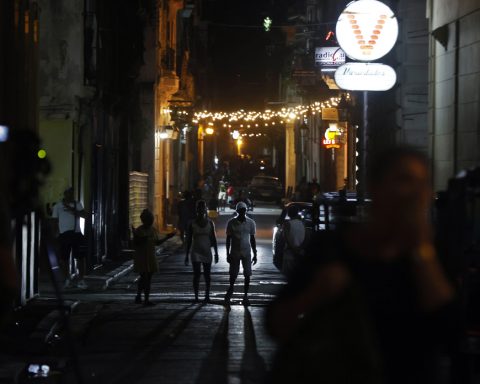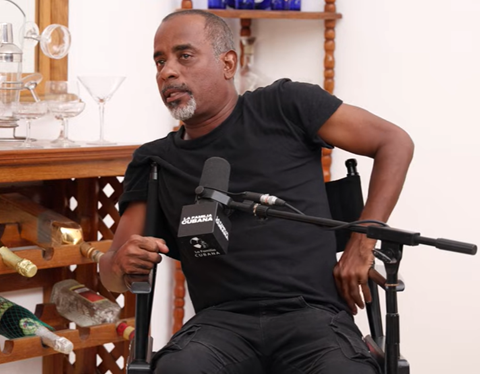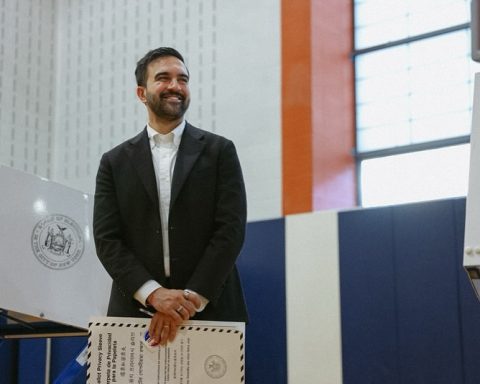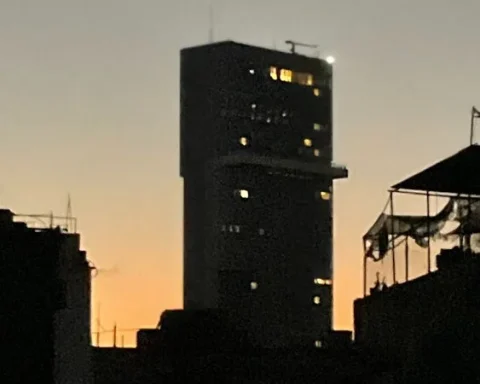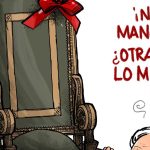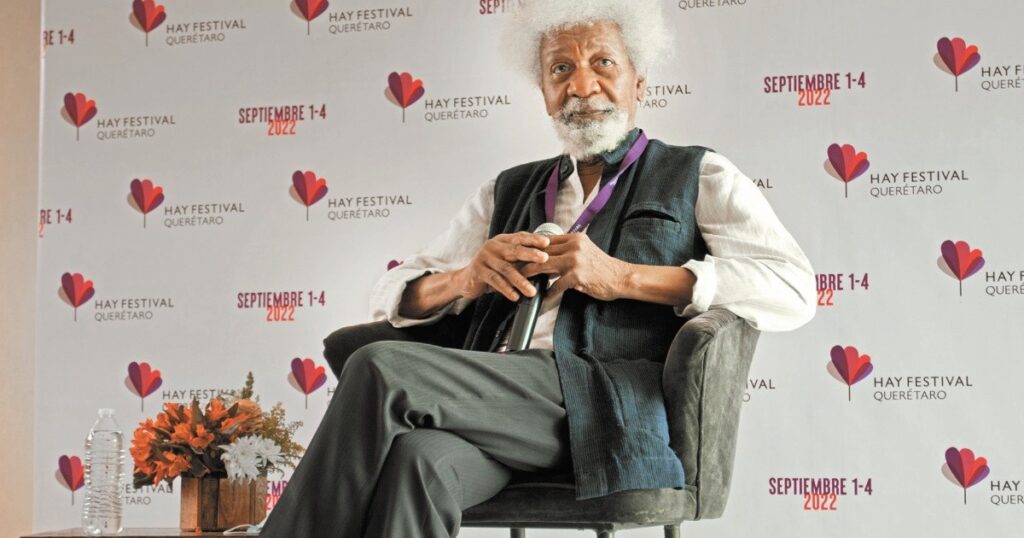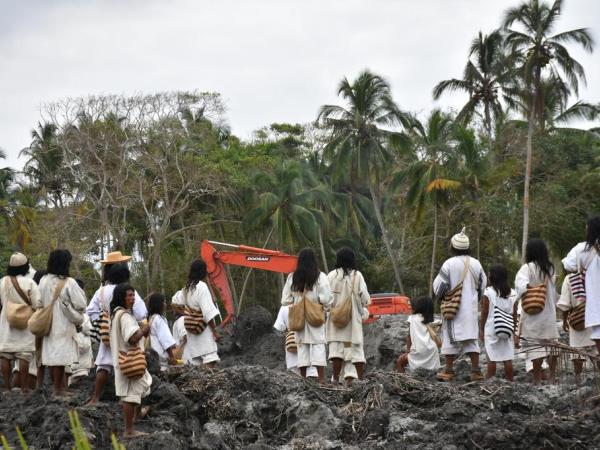When he descended the ladder of the Spanish war steamer Blasco de Garayin the second week of October 1862, and walked through the muddy streets of HavanaPaul Charles Morphy (June 22, 1837-July 10, 1884) was not able to imagine that the colorful and crowded city that welcomed him would, in time, be the cradle of another extraordinary phenomenon in the game of Chess.
The American tourist, coming from his native New Orleans, stayed at the Hotel América in order to rest for a few days, get to know the famous Antillean city and continue his trip to Europe, where he was going to face the best chess figures of the moment, already that in North America it had no serious rivals. His plans were disrupted when he was discovered due to some indiscretion and on October 16 The Havana Gazette Y The century they gave the news of their presence, ending the projected rest of the visitor.
In Havana, at that time, there was already a certain chess boom, although its Chess Club had not yet been created, something that, however, smaller cities on the Island, such as Manzanillo and Bayamo, already had, thanks to the efforts and the love for the so-called “science game” of a lawyer and landowner named Carlos Manuel de Céspedes. In the capital, on the other hand, a specialized monthly magazine had existed for a year and it was common to find articles and news about European tournaments and competitions in the foreign press.
The event could not help but create expectation in Havana, since the young chess player —Morphy was then 25 years old— had become the tallest star in the world chess firmament after sweeping away all his rivals. The likes of Louis Paulsen, Bernhard Harrwitz, JJ Lowenthal, Mongradien, Alter and the hitherto considered unbeatable Adolf Andersen were convincingly defeated by the New Orleans phenomenon, leaving no doubt as to his absolute supremacy.
The Havana newspaper bulletins began to publish notes on the distinguished visit. They highlighted the high merits in the game of the player internationally considered “The King of Chess”, his habit of giving up knights and rooks, and the surprising ability to play by heart or backwards (later he would be called “the Chess King”). blind”).
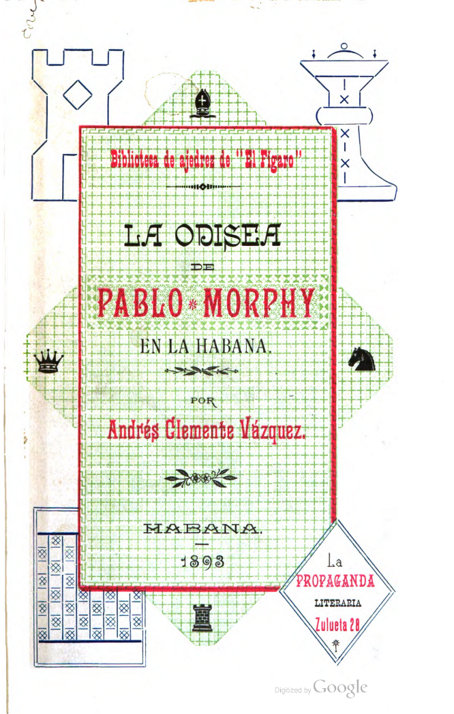
An expression used by The century It showed how infrequently the capital’s publications addressed the subject of chess, since, referring to the fact that the fans would be pleased by the distinguished visit, he pointed out: “The chess players, chess players or chess players are very excited.” This was not the only curious note, since the newspaper Havana Press he called the players “chess-maniacs”.
Thus, on October 18, 1862, at 6:00 in the afternoon, “The King of Chess” began to demolish the best players in the capital in the house of the banker Don Francisco Fesser, a fan of the game, located in Compostela number 66. Of that marathon of games, the first was the highest quality from the technical point of view; to such an extent that years later, Morphy, already officially the first world champion of the “science game”, reproduced it and dedicated an article to it in the New York TimesTribune (April 9, 1893 edition). His rival, Don Félix Sicre, was accepted among the players in Havana as the Cuban champion, despite the fact that at that time no official competition had been organized to legitimize him as such. Predictably, it was a game in which Morphy unquestionably beat Sicre.
The extraordinary American player did everything that could be appreciated in the game: he played blindfolded, he replayed complete games hours after they were made, he gave up pieces to his rivals, he played with several opponents at the same time – today we call it simulcasts – and he captivated his hosts with his erudition in the game and with the anecdotes he told about his bloodiest battles on the board. Through these channels, the first visit to Havana of Paul Charles Morphy took place, who surprised, impressed and caused the admiration of the fascinated players of the island capital.
With a farewell banquet offered by Don Pancho Fesser, the true and maximum sponsor of those evenings that lasted twelve days, at the Gran Hotel L’Ermitage (located on Calle de la Universidad, in the neighborhood of El Horcón), considered the “the fashionable gastronomic temple of the capital”, concluded Morphy’s public activities in Cuba. On November 1, he left for Europe and on his return from the Old Continent, in January 1864, he returned to make a stopover in Havana, where the same scenes of the previous visit were repeated, but this time with much greater coverage by the press. . The truly outstanding note of his return was the game played with a black slave, which years later attracted the attention of Don Enmanuel Lasker, a true event for a colony where slaves were hardly considered people.
The balance of Morphy’s stays in Havana was to unleash a huge boom in chess in the city and in the country in general. The result of them was the creation, in March of that year, days after his return to New Orleans, of the Habanero Chess Circle, on the upper floors of the famous Café de Marte y Bellona, where from 7:00 to 10:00 of the night chessmaniacs they had a place to move the pieces with optimal environmental conditions. Havana thus began to take the first firm steps in its chess career, which would lead it, years later, to be considered “El Dorado” of Chess and would receive the visit of players of the stature Wilhelm Steinitz, Joseph H. Blacburne , Frank J. Marshall, Mijail Tchigorin and Emmanuel Lasker. However, it would still take a quarter of a century for the birth of Jose Raul Capablancathe other “King of Chess”.

